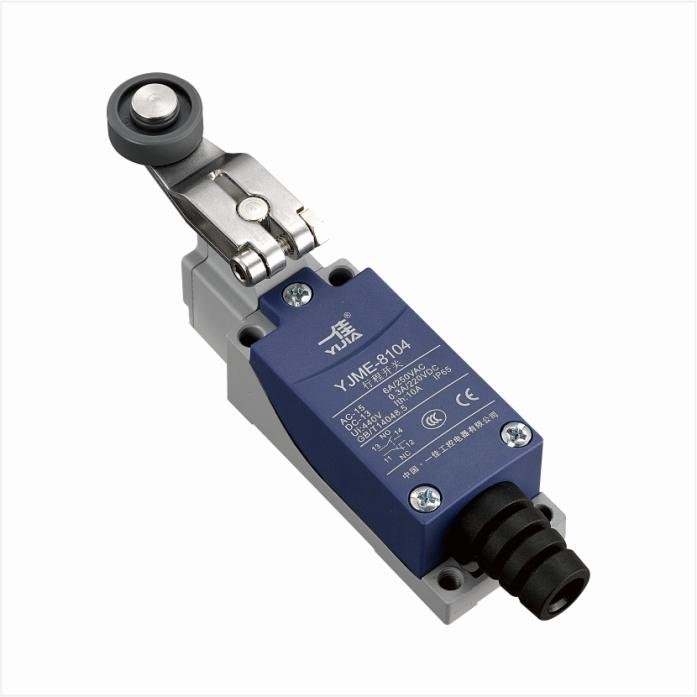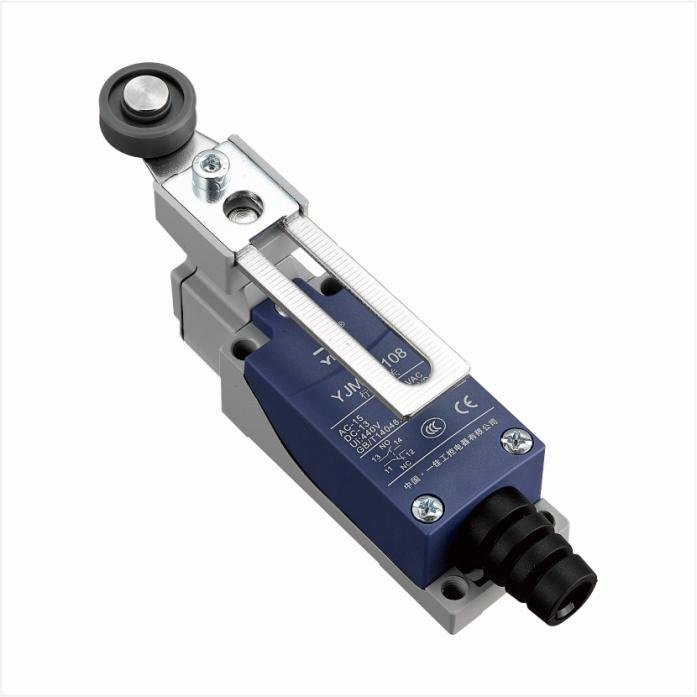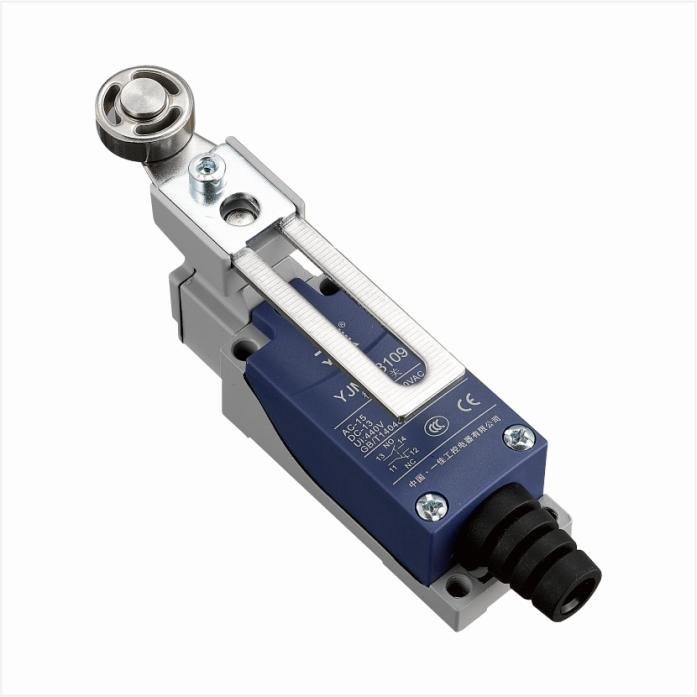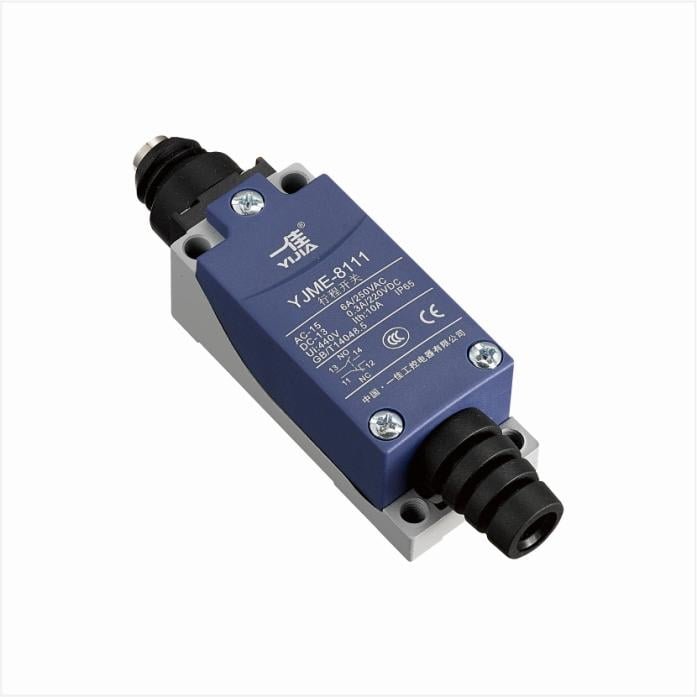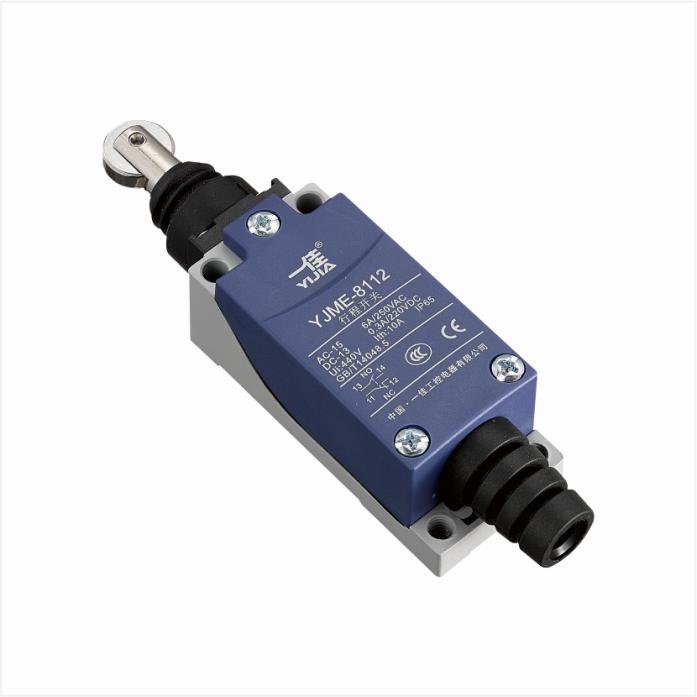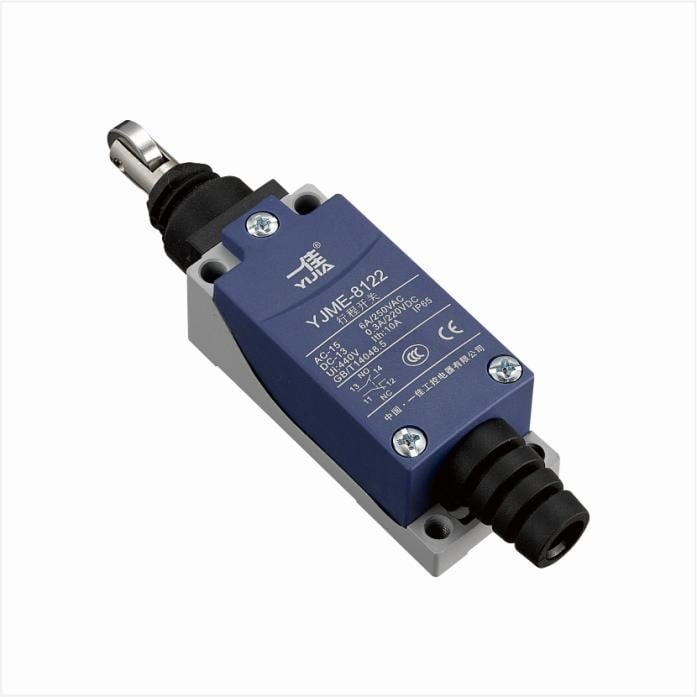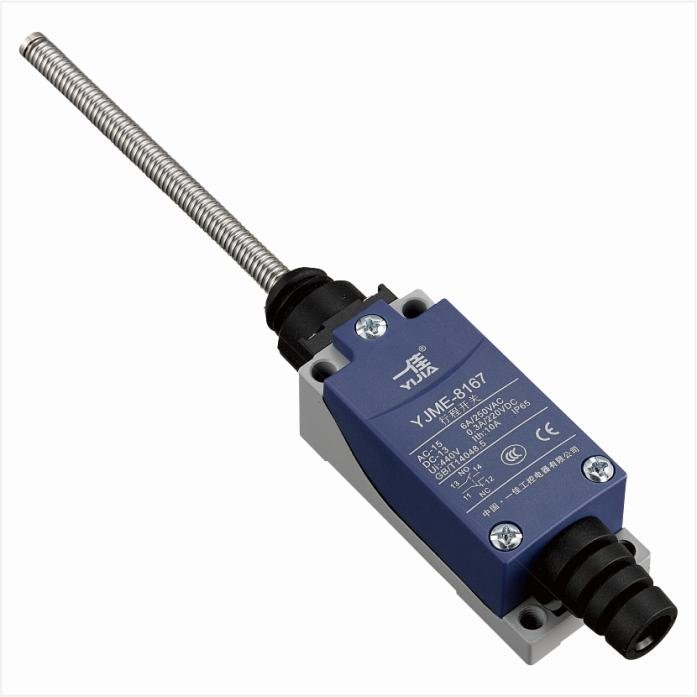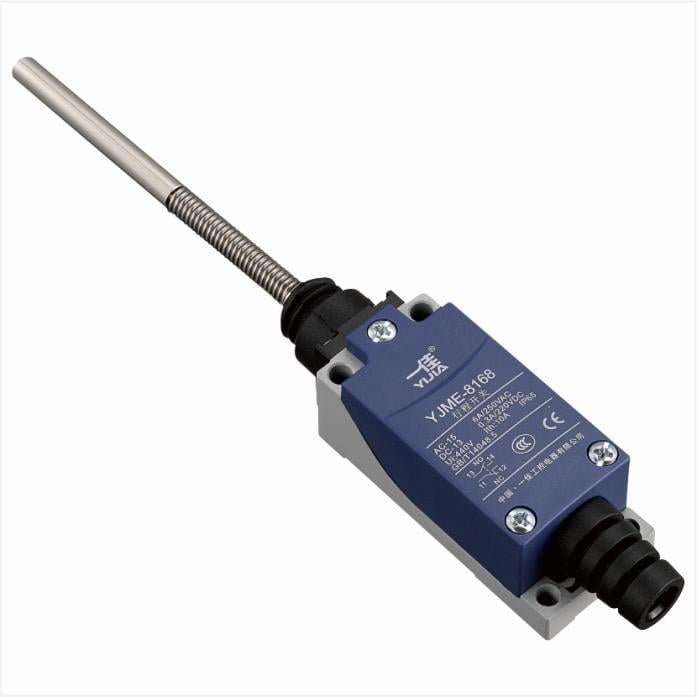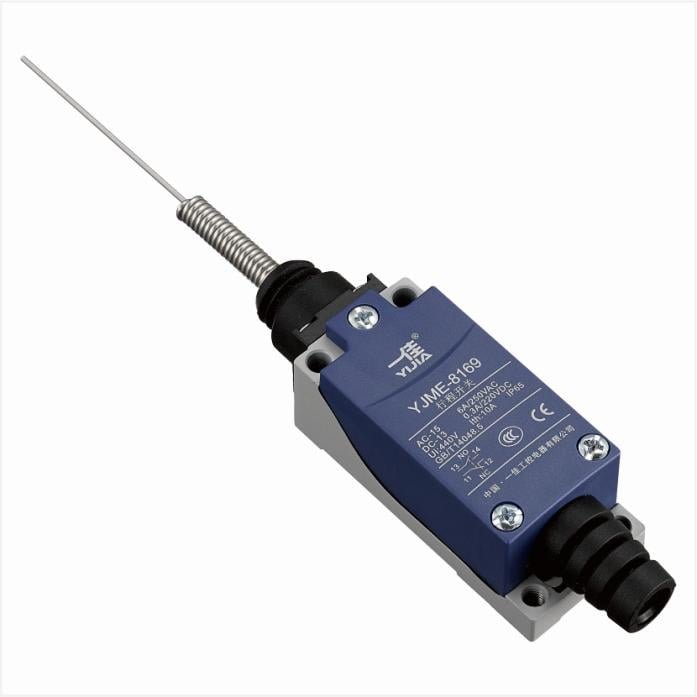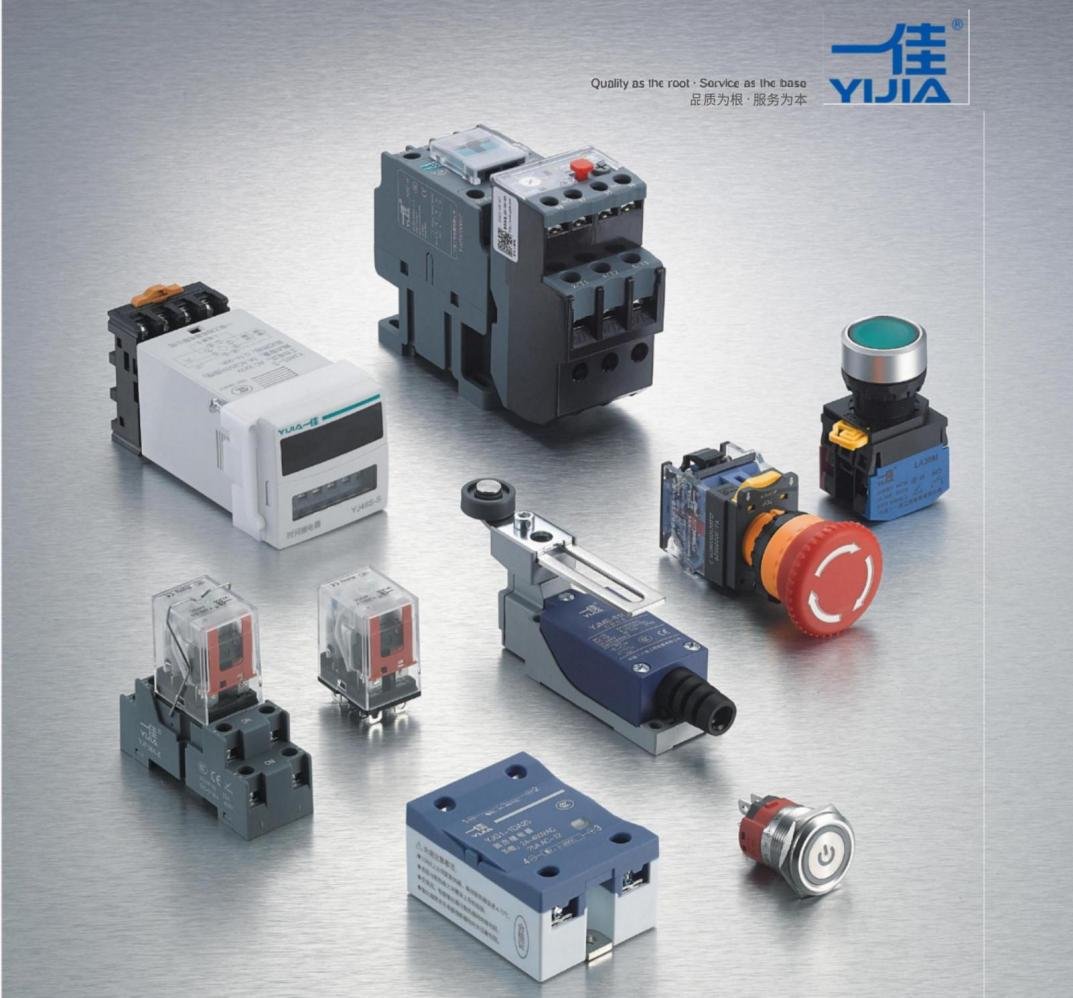Choosing the right Yijia limit switch for mechanical equipment
In the field of industrial production, the degree of automation is getting higher and higher, and industrial robots, as an important production tool, have been widely used in various industries.
In order to meet the demanding control requirements of industrial robots, Yijia has introduced the Limit switch series of push-button switches designed specifically for industrial environments.
With its rugged design, high level of protection, various specifications and modes of operation, and easy installation, the switches are a reliable partner in the field of industrial robot control.
Limit switch are important electrical components in mechanical equipment that can detect the movement position of the control equipment. Yijia limit switches have been widely used in various types of mechanical equipment with their high reliability and diverse product lines. This article will introduce in detail how to select the appropriate Yijia limit switches according to different working environments, and provide some specific application scenarios.
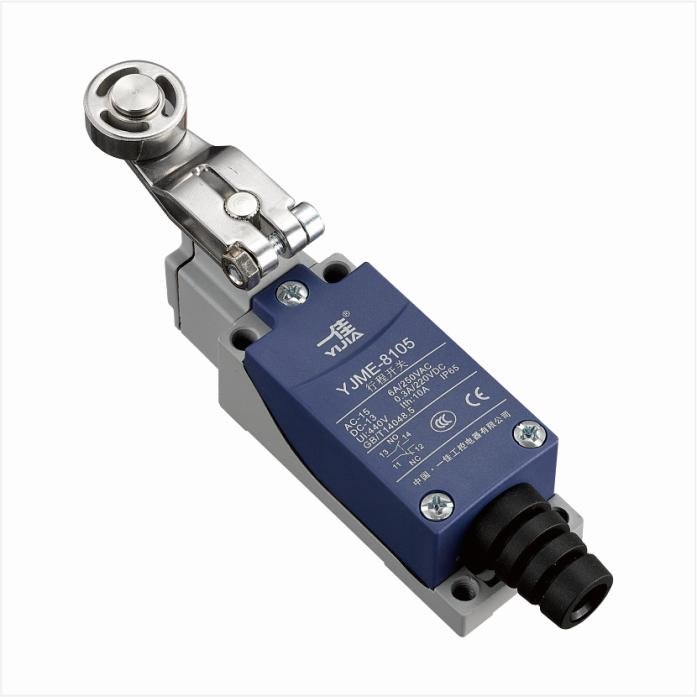

Key factors for selecting Yijia limit switch
Environmental conditions
The working environment has a direct impact on the selection of limit switch. Here are some common environmental conditions and their corresponding selection recommendations:
- Temperature: Make sure that the operating temperature range of the limit switch can cover the temperature of the actual working environment. For example, Yijia limit switches can usually work normally in the range of -25°C to +80°C.
- Humidity and waterproofing: In a humid or water-splashing environment, choose a limit switch with a high protection level (such as IP65 or IP67) to prevent moisture from entering the switch.
- Dust: In a dusty environment, choose a limit switch with good dustproof performance to ensure its long-term stable operation.
- Vibration and shock: In an environment with strong vibration or shock, choose a limit switch with high vibration and shock resistance.
Mechanical characteristics
- Actuation force and travel distance: Choose a limit switch that can meet the equipment’s action force and travel distance requirements.
- Reset accuracy: In applications that require high-precision positioning, choose a limit switch with high reset accuracy.
- Operating head type: Select different operating head types according to the shape and movement direction of the detection target, such as roller type, lever type, push rod type, etc.
Contact capacity and electrical characteristics
- Contact capacity: Ensure that the contact capacity of the limit switch can withstand the current and voltage load in actual work.
- Electrical characteristics: Select a limit switch that meets the electrical characteristics requirements of the equipment to ensure its stability and reliability.
Compliance with standards and regulations
Ensure that the selected limit switches complies with relevant national standards and regulations, and check the product’s certification and certificate of conformity to ensure its quality and safety.
Industrial application scenarios
Woodworking machinery
In woodworking machinery, limit switches are used to detect the position and processing status of wood. For example, in an automatic sawmill, the can detect whether the wood is placed correctly, and only when the wood is in place will the sawmill start the cutting program. The high durability and dust resistance of the make it perform well in woodworking machinery.
Automotive industry
In the automotive industry, limit switches are often used to control the doors and windows of vehicles to ensure that they are within the normal operating range. For example, when the door is fully closed, the triggers a signal to ensure that the door is locked and the safety system is enabled.
Engineering construction and mining equipment
Limit switches are also widely used in engineering construction and mining equipment to control and limit the spatial three-dimensional coordinates of lifting and transmission mechanical equipment. For example, in tower cranes and excavators, are used to detect and control the range of motion of the boom to ensure that the equipment operates within a safe range.


The difference between mechanical, non-contact and Hall-type limit switch
| Feature | Mechanical | Non-contact | Hall Effect |
|---|---|---|---|
| Working Principle | Triggered by physical contact | Senses electromagnetic fields, light, or infrared | Senses magnetic field changes |
| Contact Method | Requires physical contact | No physical contact required | No physical contact required |
| Response Speed | Slower | Fast | Fast |
| Durability | High | High | High |
| Application Scenarios | Automated production lines, CNC machines, elevator systems | Packaging machinery, printing equipment, automatic door systems | Industrial automation, automotive industry, robotics technology |
As an important detection and control component, limit switches are widely used in automated production lines, CNC machine tools, elevator systems, cranes, packaging machinery, printing equipment, woodworking machinery, the automotive industry, as well as engineering construction and mining equipment. By selecting appropriate, the operating efficiency and safety of mechanical equipment can be significantly improved, ensuring the smooth progress of the production process.

